
Iranian quadriform/quatrefoil motif, now known as Royal Standard or Derafsh Kaviani (درفش کاویانی)
I've written about it before, but wanted to talk about a few points, focusing on excavated & reliable examples
⤵️
I've written about it before, but wanted to talk about a few points, focusing on excavated & reliable examples
⤵️

1) Symbol in various forms existed before Achaemenids among other cultures & in Iran. I provided examples before.
2) I've hypothesize it's a form of cross or sun wheel
Achaemenid examples: A) Pazyryk carpet;
B) Carved lid & carpet design, Persepolis (6 C BCE - ~ 330 BCE)
⤵️

2) I've hypothesize it's a form of cross or sun wheel
Achaemenid examples: A) Pazyryk carpet;
B) Carved lid & carpet design, Persepolis (6 C BCE - ~ 330 BCE)
⤵️


Given its religious significance; appearance together with swastikas; and later the usual cross symbol on other ossuaries in Sogdiana...
3) We can trace the symbol/ motif from Achaemenid period, through...
Photos: Seal impressions from excavated seals, Achaemenid Gordion
⤵️

3) We can trace the symbol/ motif from Achaemenid period, through...
Photos: Seal impressions from excavated seals, Achaemenid Gordion
⤵️


Frataraka & Kings of Persis to Sasanians. It's a western Iranian symbol for the most part.
4) It appears as a decorative & ornamental motif in Sasanian era. So do many other important symbols like the ram which I talked about before
In Frataraka era in Persis, the...
⤵️


4) It appears as a decorative & ornamental motif in Sasanian era. So do many other important symbols like the ram which I talked about before
In Frataraka era in Persis, the...
⤵️
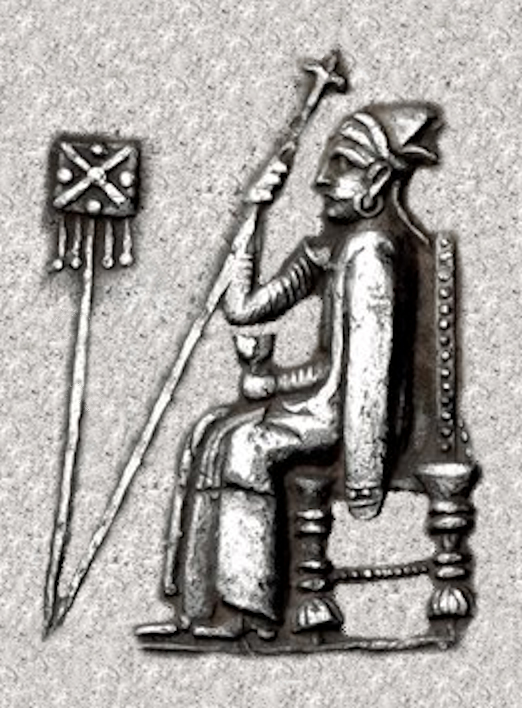
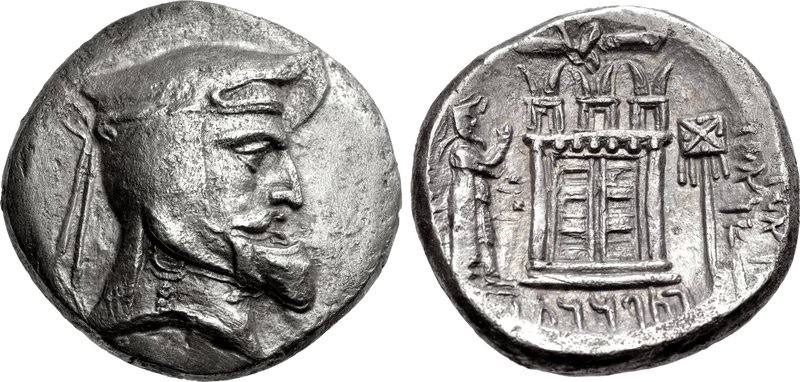
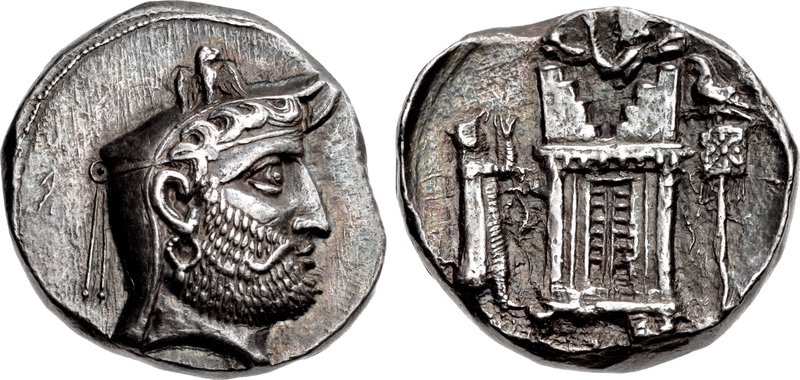
motif, appearing fairly convincingly as a standard on coins, is present throughout Frataraka era for over a century (~ 3 C - 2 C BCE)
We can then trace a very crude form of the symbol on coins of Kings of Persis at least until middle of that period (2 C BCE - ~ 2 C CE)
⤵️

We can then trace a very crude form of the symbol on coins of Kings of Persis at least until middle of that period (2 C BCE - ~ 2 C CE)
⤵️
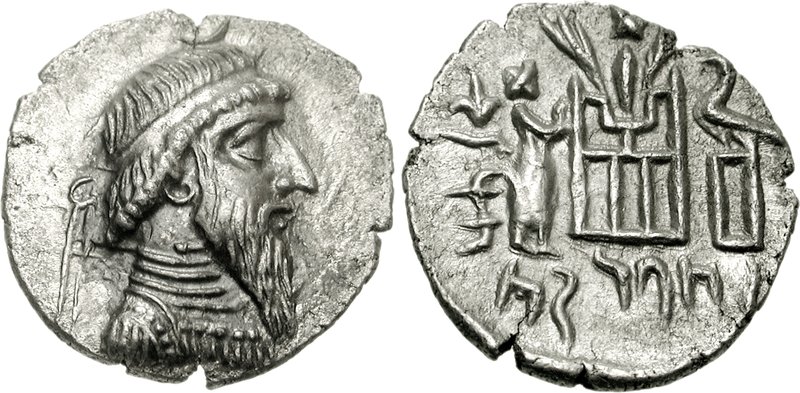
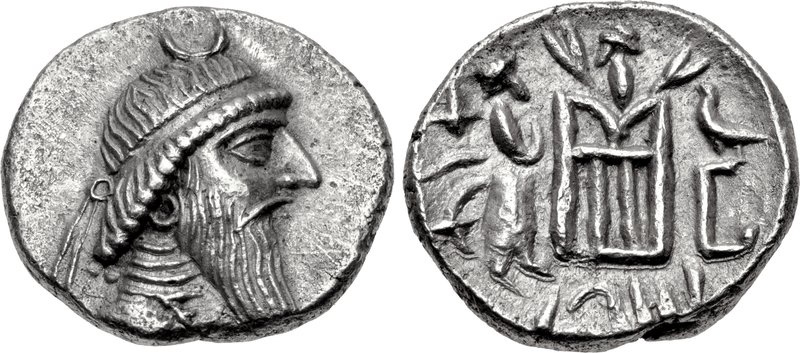
At this point, it would not be a leap in logic to propose that kings of Persis were aware of the symbol and its significance.
Note that I'm not including numerous other examples I have provided before to focus on excavated and reliable examples
Ardashir I was the ...
Note that I'm not including numerous other examples I have provided before to focus on excavated and reliable examples
Ardashir I was the ...
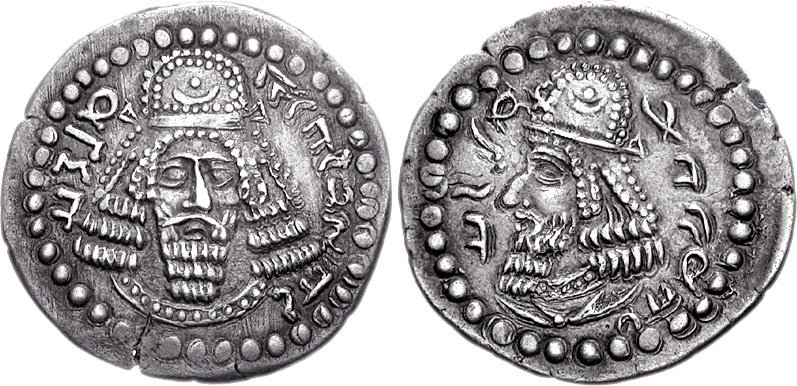
last king of Persis as Ardashir V.
5) In Sasanian era, we have some representations of the motif.
Jumping to reign of likely Khosrow I (531 – 579 CE), we likely see the motif repeated in circles around this plate now @laBnF ("King Solomon's Cup")
⤵️
5) In Sasanian era, we have some representations of the motif.
Jumping to reign of likely Khosrow I (531 – 579 CE), we likely see the motif repeated in circles around this plate now @laBnF ("King Solomon's Cup")
⤵️
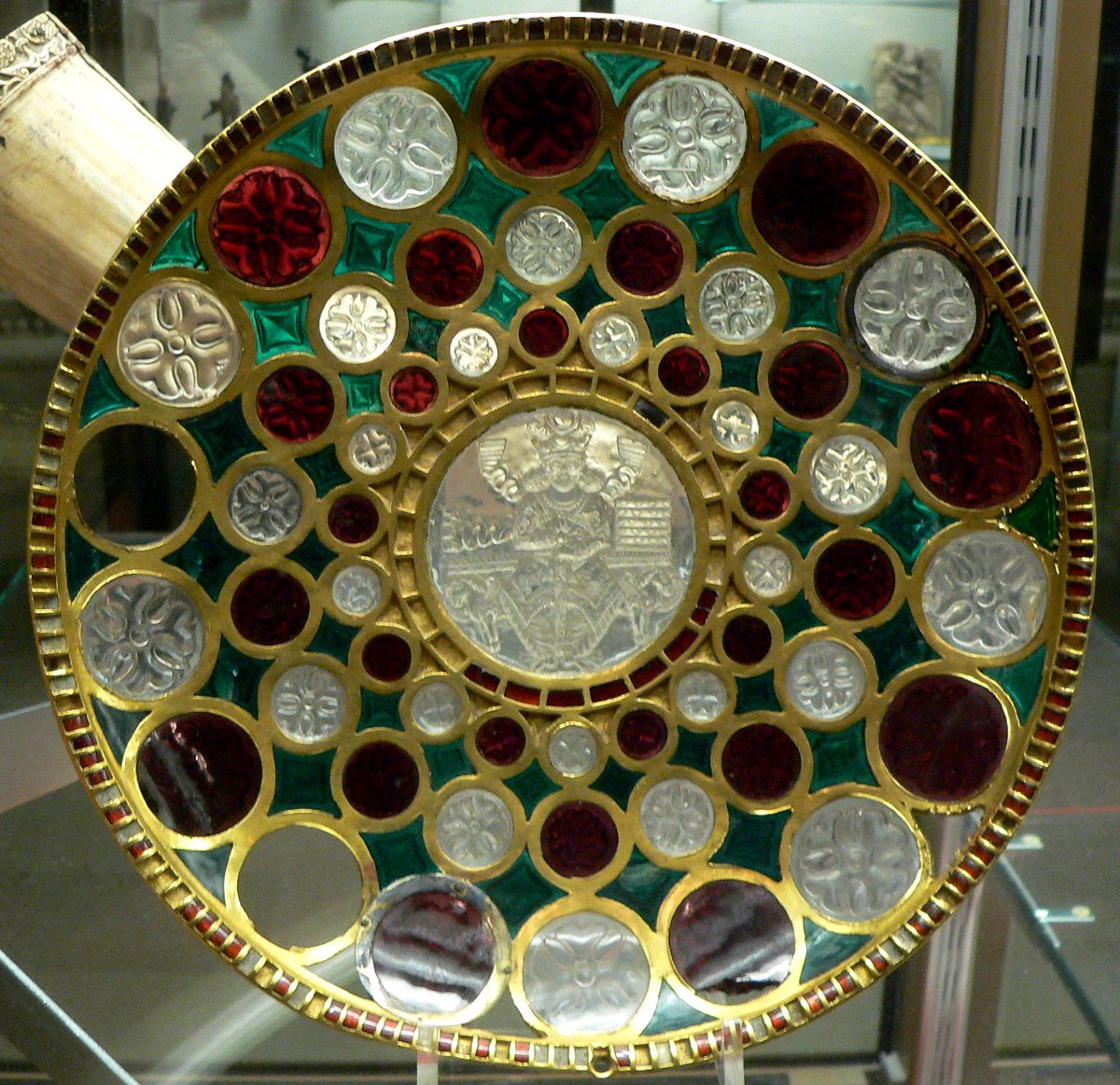
At around the same time, we have the Iranian quadriform motif appearing in Roman decorations (Dr. Canepa)
A: Hagia Sophia, Justinian I, & ~ Khosrow I Era
B: Church of San Vitale, Ravenna, Italy, Justinian I, & ~ Khosrow I Era
⤵️

A: Hagia Sophia, Justinian I, & ~ Khosrow I Era
B: Church of San Vitale, Ravenna, Italy, Justinian I, & ~ Khosrow I Era
⤵️
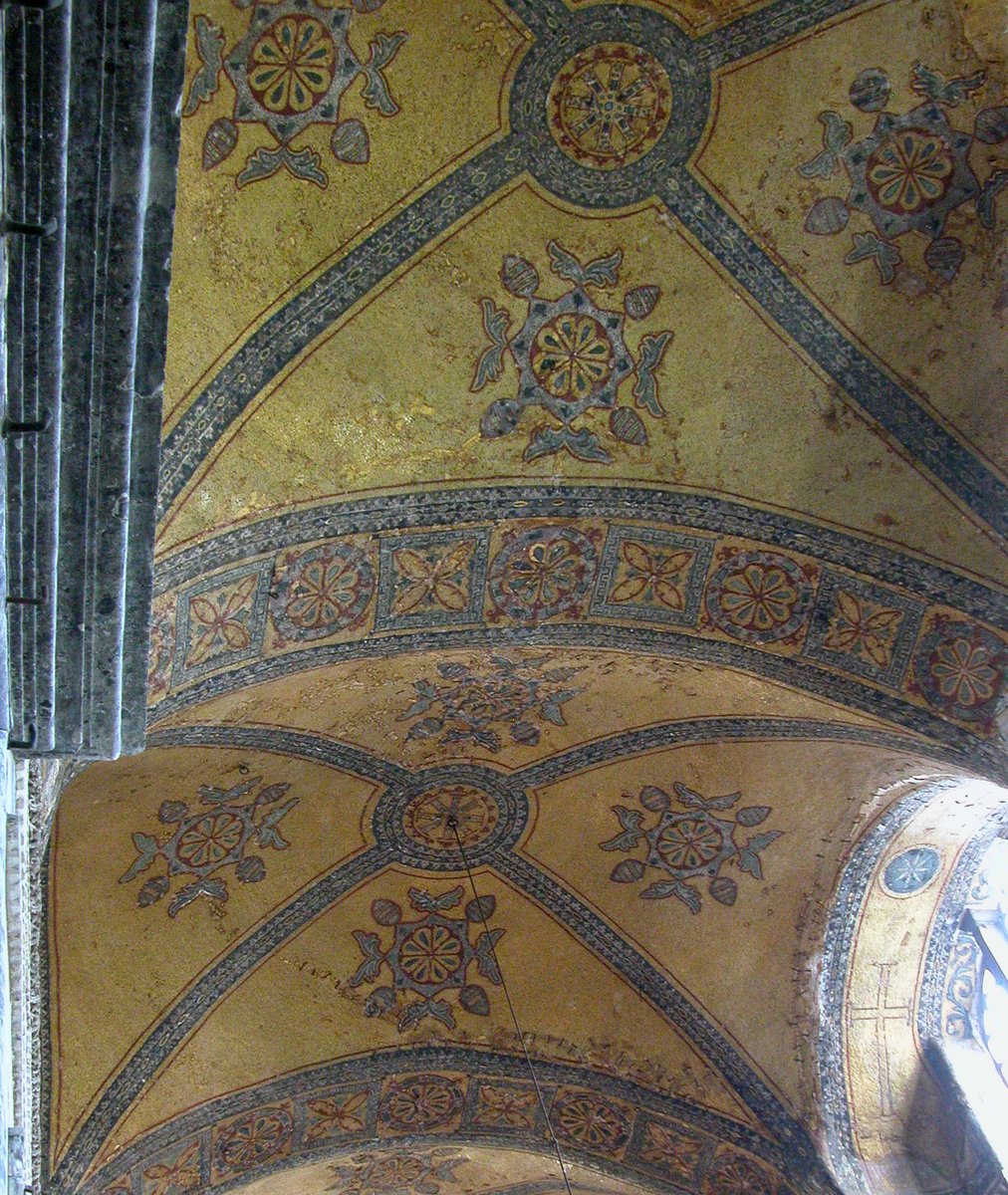
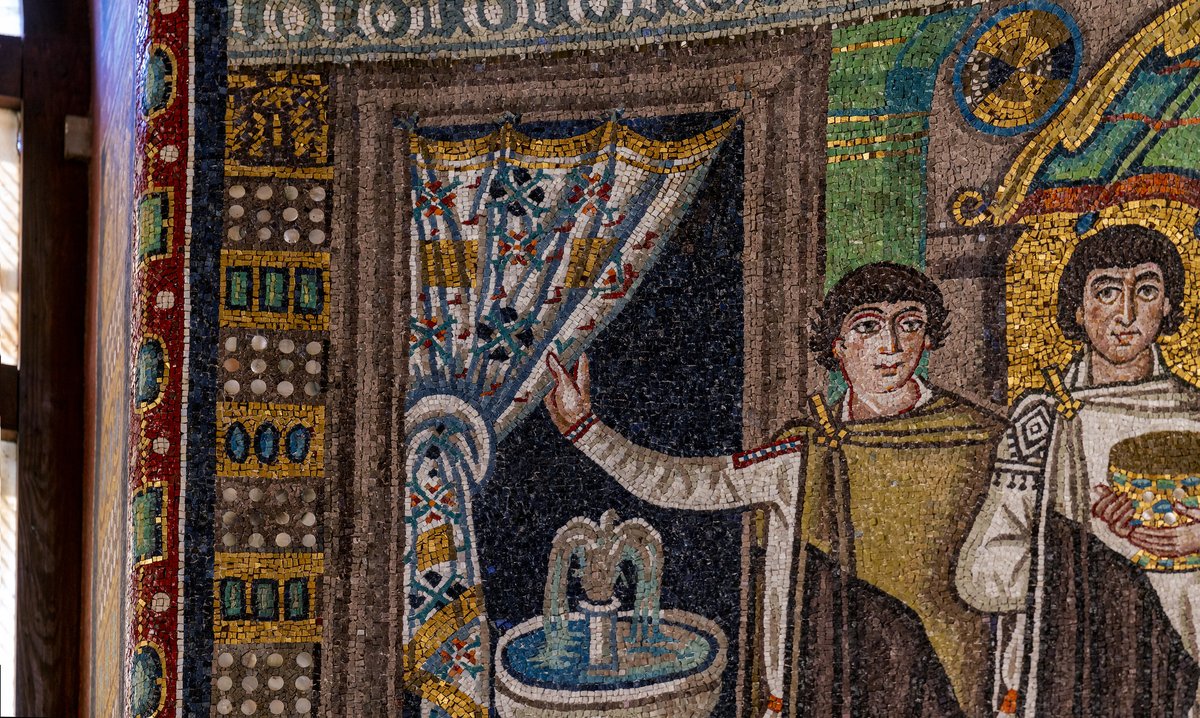
For quick reference and details of these Iranian motifs in Roman art, see the photos here from Dr. M. Canepa's book and articles on the topic.
⤵️

⤵️

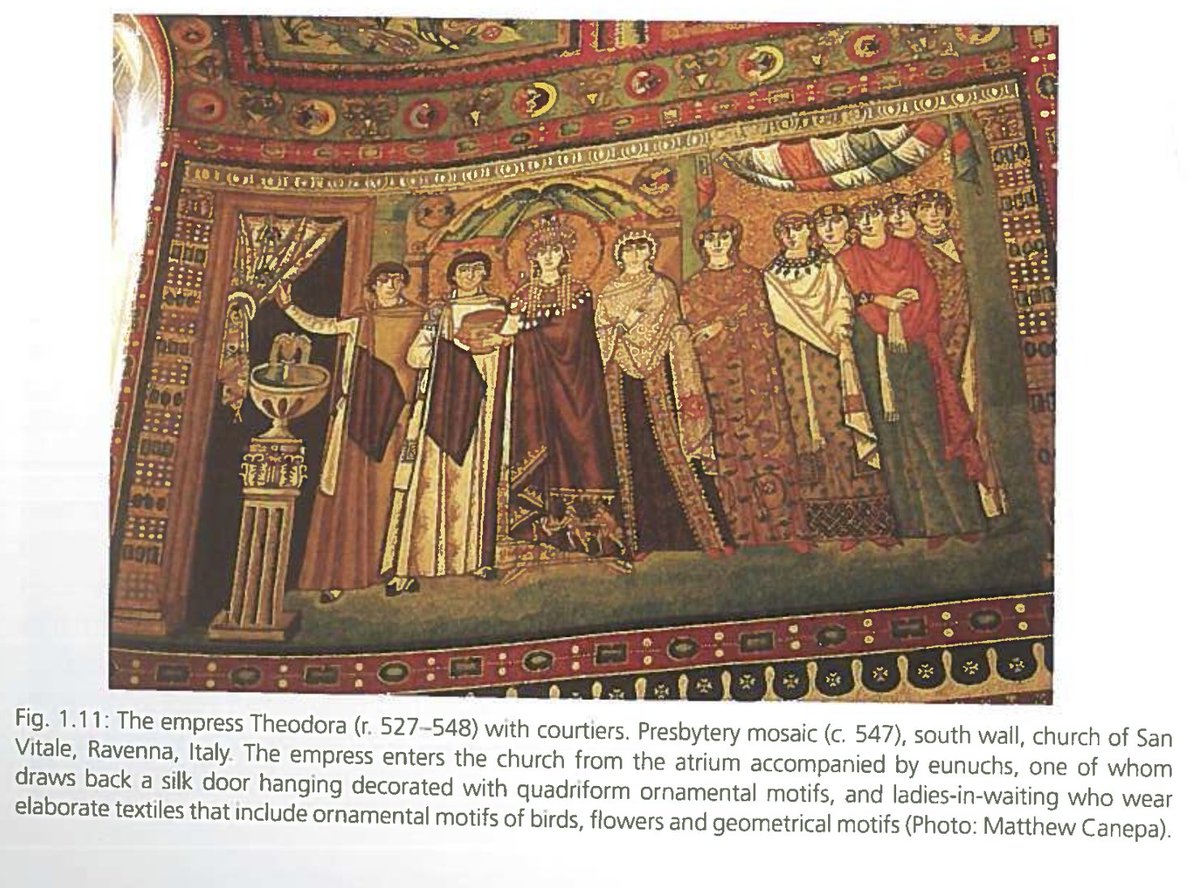
Chapel of Exodus, Bagawat Necropolis, Egypt has been dated to ~ 4 C CE
Attire of "Egyptian" soldiers in Exodus scene could be Roman, but could it be of a later, 6th C date? And soldiers a crude depiction of Sasanian soldiers in Egypt? No proper analysis on this has been done
⤵️

Attire of "Egyptian" soldiers in Exodus scene could be Roman, but could it be of a later, 6th C date? And soldiers a crude depiction of Sasanian soldiers in Egypt? No proper analysis on this has been done
⤵️
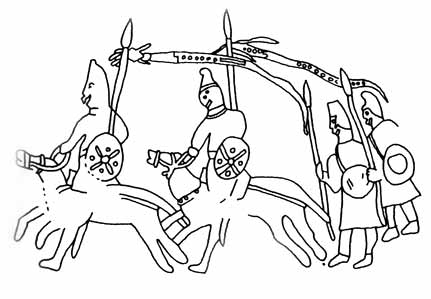
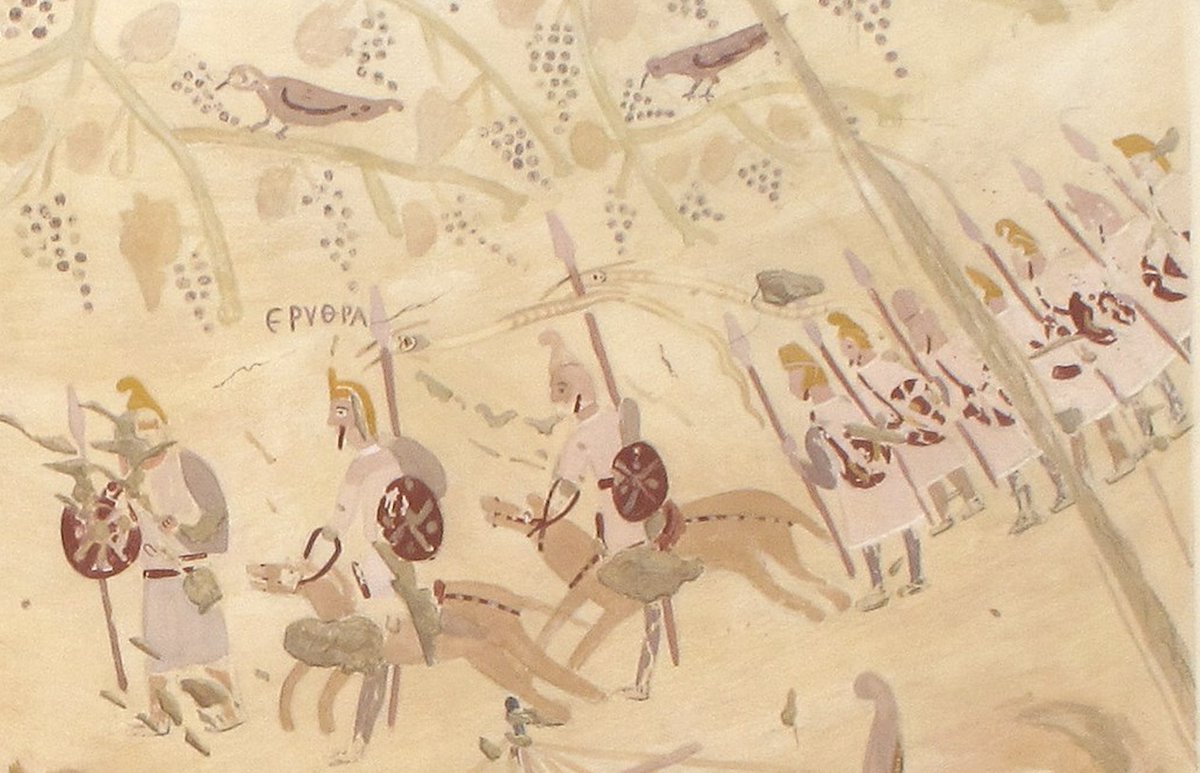
To see if this was a local imagining of ancient "Egyptian" armies
See clothing, headwear, Dragon standard which was indeed adopted by Romans, & possibly the same Iranian quadriform motif on shields
Also see these "Egyptian" soldiers which look very Iranian to me as well.
⤵️
See clothing, headwear, Dragon standard which was indeed adopted by Romans, & possibly the same Iranian quadriform motif on shields
Also see these "Egyptian" soldiers which look very Iranian to me as well.
⤵️
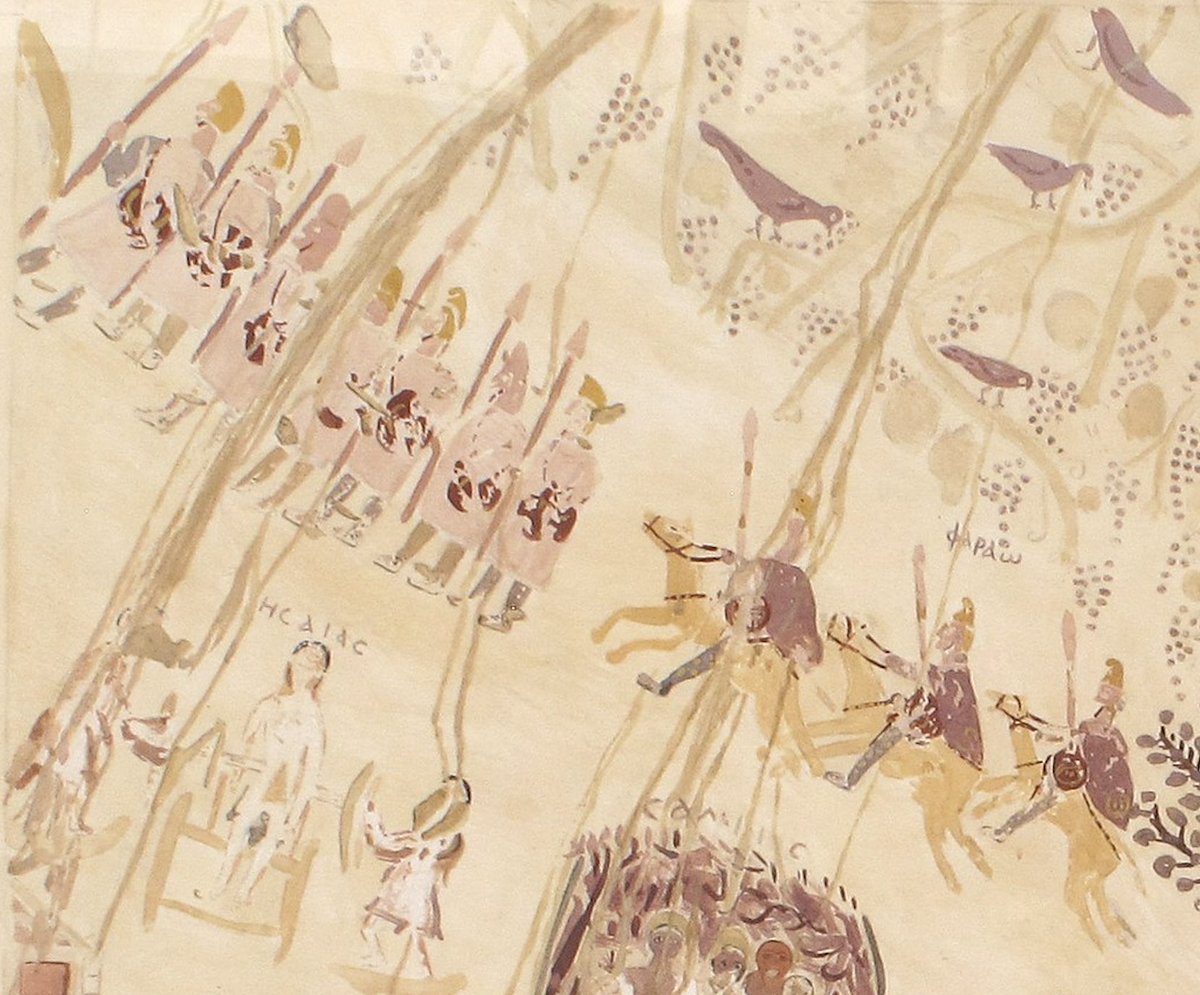
From end of Sasanian era, see
A) Motif immediately below crescent & ribbons @ Taqe Bostan (~ 591 – 620 CE)
B) Late Sasanian or post-Sasanian @ Tell Khwaris, among other examples.
⤵️

A) Motif immediately below crescent & ribbons @ Taqe Bostan (~ 591 – 620 CE)
B) Late Sasanian or post-Sasanian @ Tell Khwaris, among other examples.
⤵️
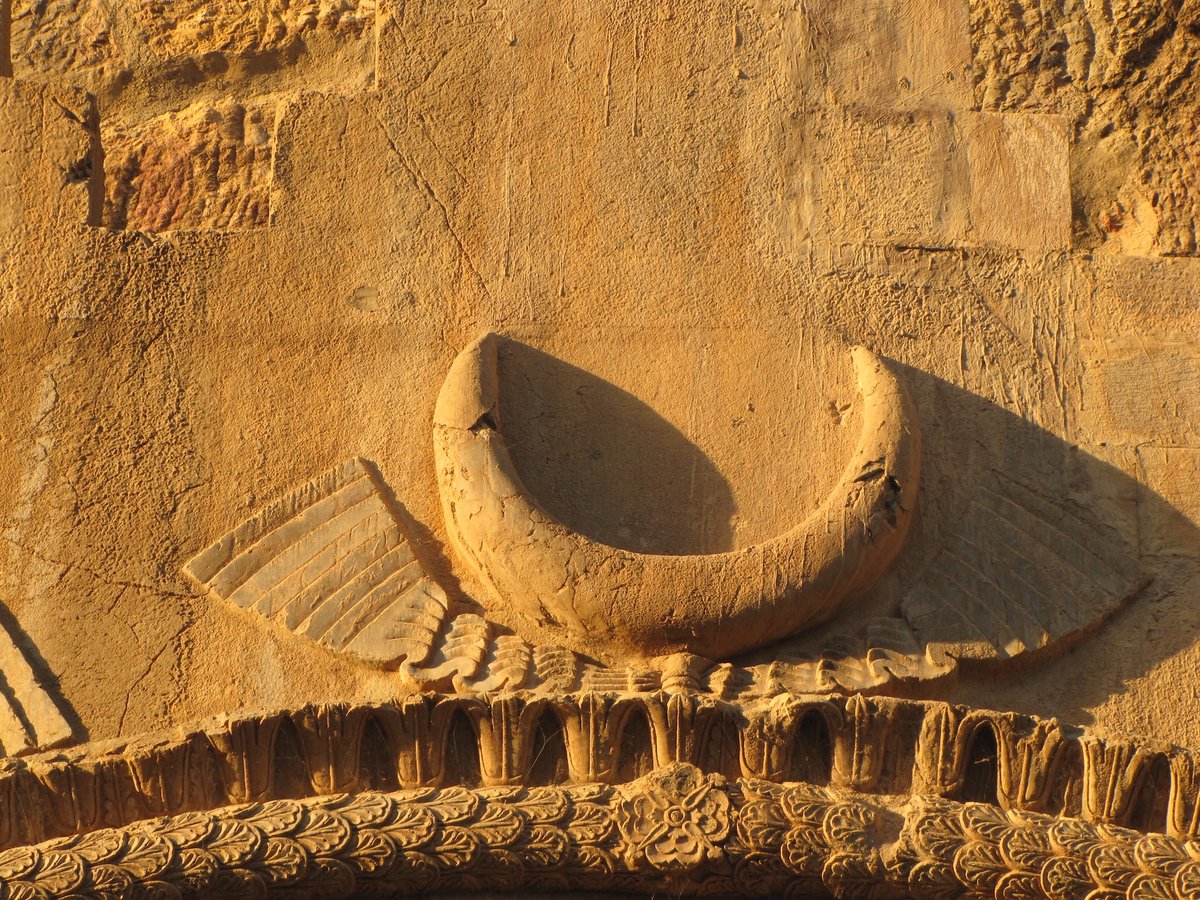
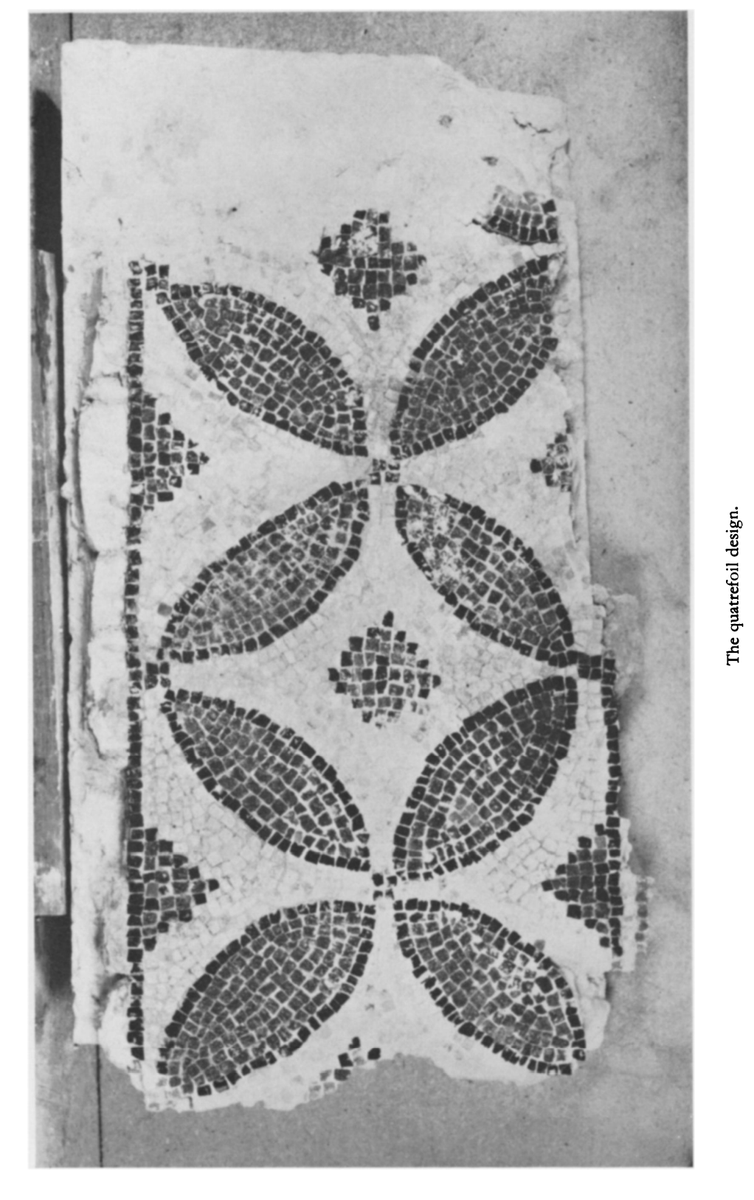
On various Sogdian ossuaries, we see a fairly clear rep of the motif, ~ 6-7 C CE for most
A: Nurafshon (Toytepa), present Uzbekistan
B: Varakhsha
C-D: either the same one or 2 different ossuaries, Yumalak Tepe, Uzbekistan
Also see: sogdians.si.edu/believers-pros…
⤵️



A: Nurafshon (Toytepa), present Uzbekistan
B: Varakhsha
C-D: either the same one or 2 different ossuaries, Yumalak Tepe, Uzbekistan
Also see: sogdians.si.edu/believers-pros…
⤵️
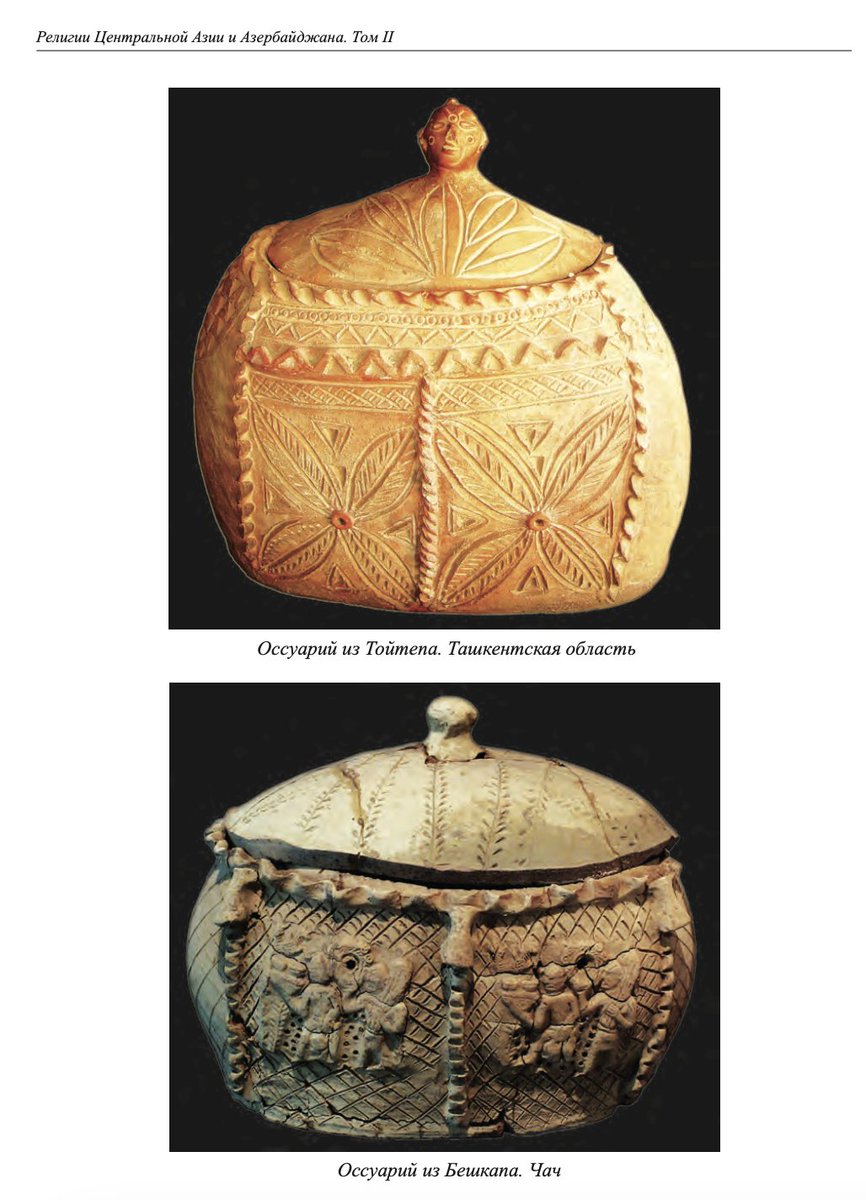
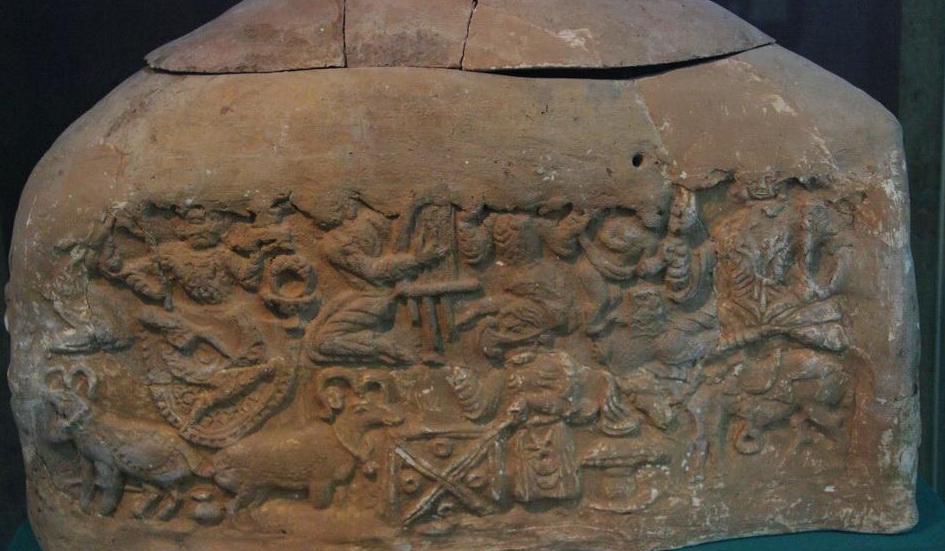
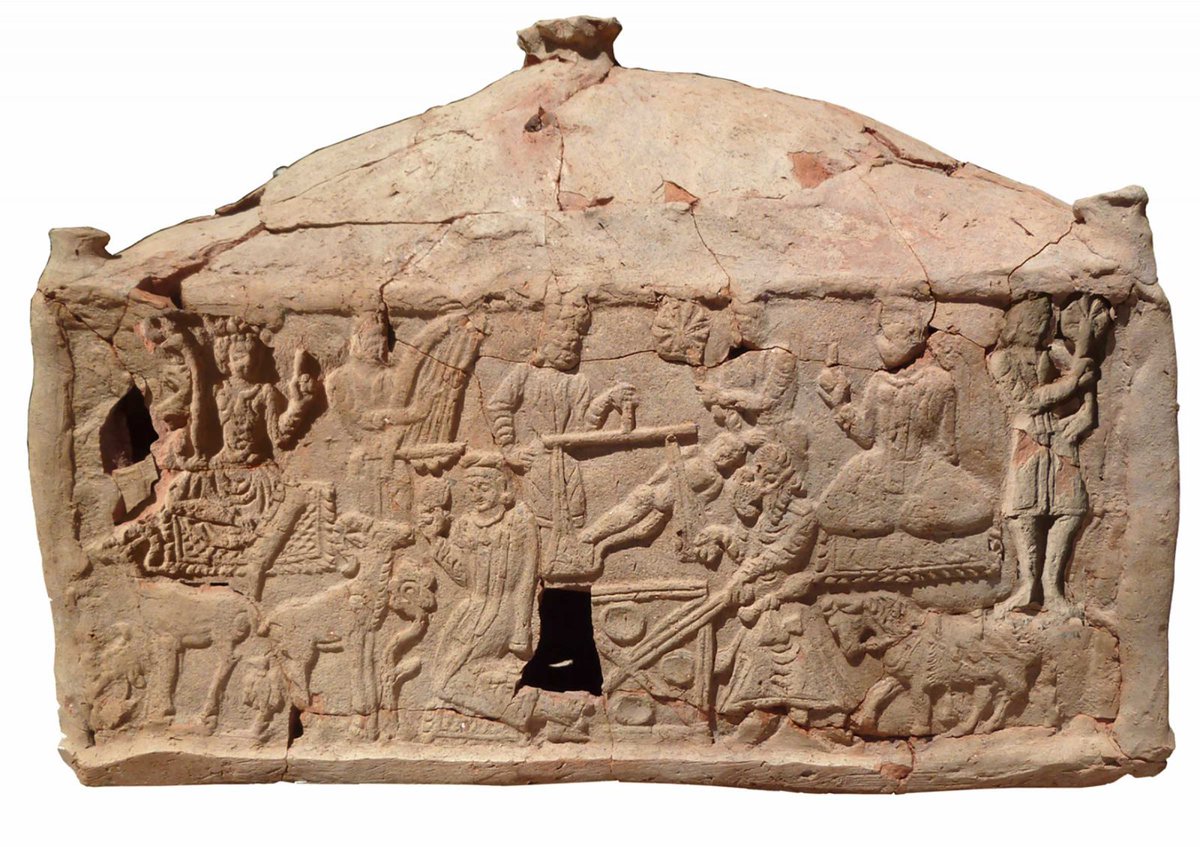
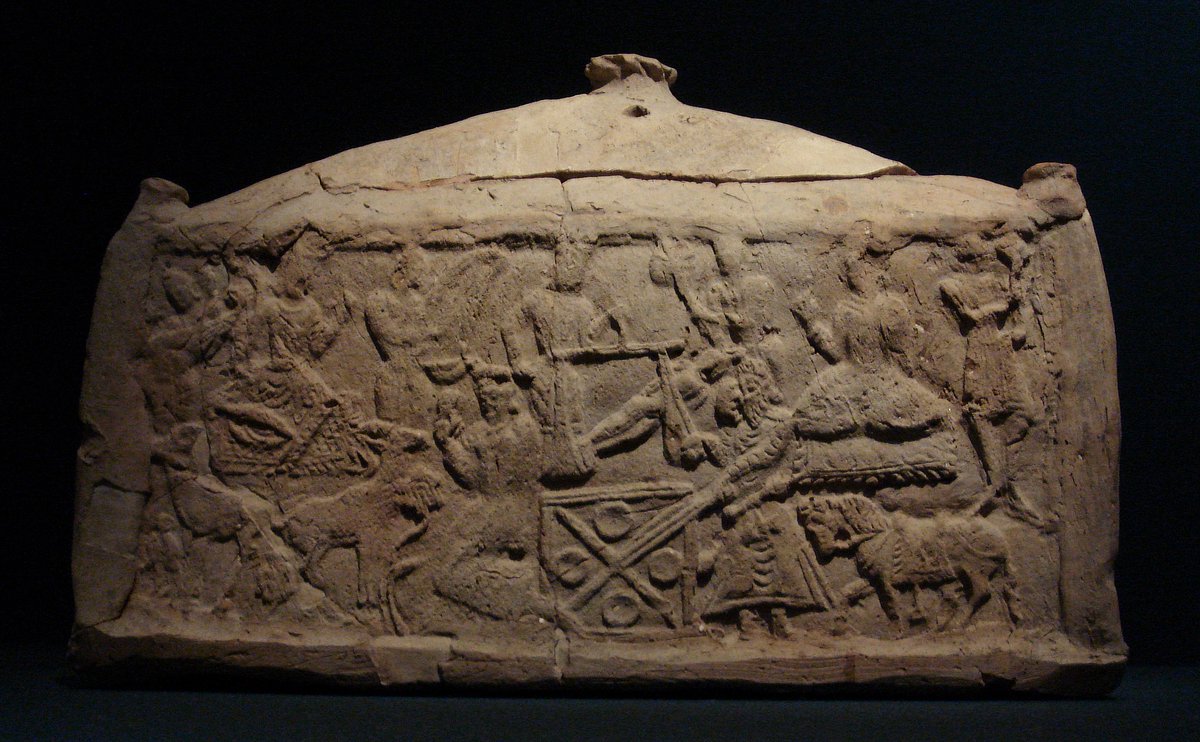
6) The symbol/motif therefore appears to be important, given relatively frequent representation in various art forms, and its use in Roman art as a clear Persian/Iranian "exotic" motif
7) Its presence on ossuaries in Central Asia raises questions on religious significance
⤵️
7) Its presence on ossuaries in Central Asia raises questions on religious significance
⤵️
in Zoroastrian religion. It's not clear to me if design on ossuaries is decorative or serves a deeper purpose, i.e., like other cross symbols with various meanings
8) It would be a jump in logic to call this symbol the royal Sasanian one. "Royal" symbol was in fact this one
⤵️

8) It would be a jump in logic to call this symbol the royal Sasanian one. "Royal" symbol was in fact this one
⤵️
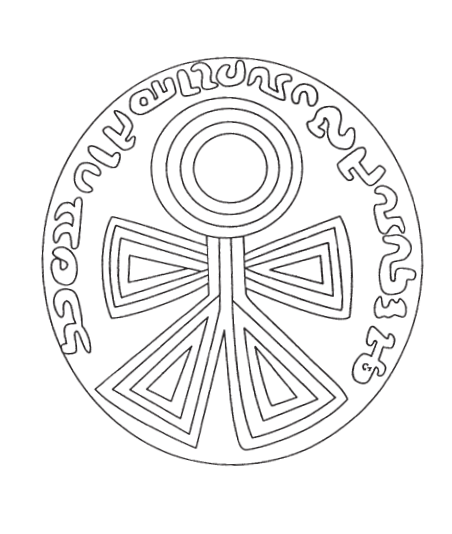
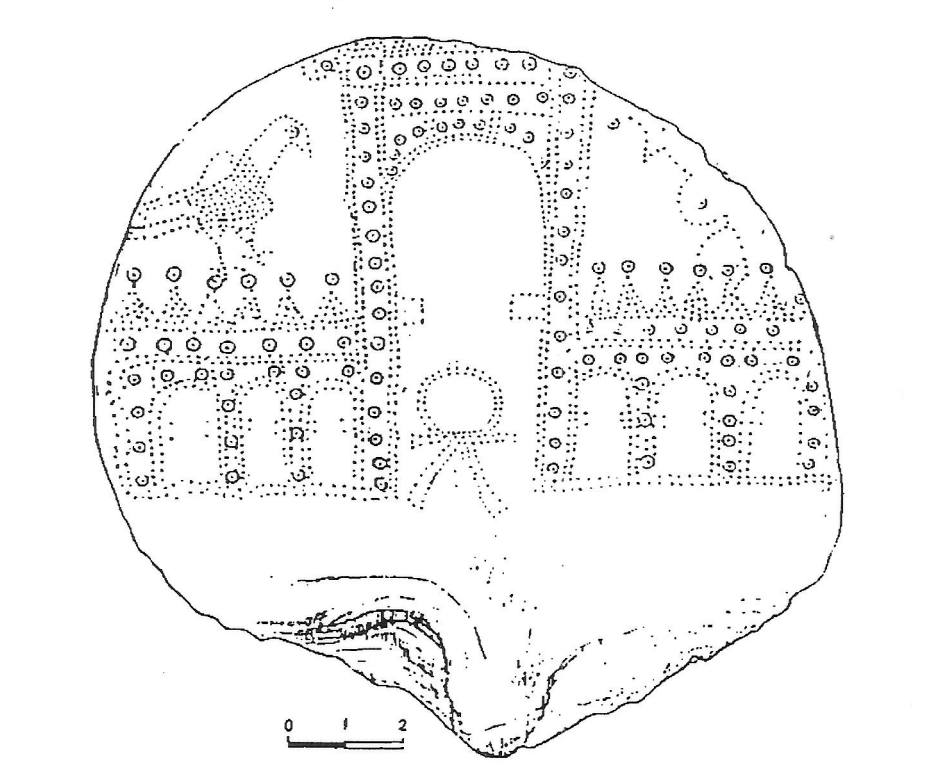
I've talked about this symbol in detail before too, which was originally Ardashir I's Nishan, then Nishan of Sasanian dynasty & "royal" symbol in sense of royal treasury etc. as discussed in various papers.
9) But names should not distract from importance of symbol
⤵️
9) But names should not distract from importance of symbol
⤵️
Whether this or another motif/flag/standard was connected to Kāva or kays in late Sasanian or more recent era, we can nonetheless establish a clear presence of symbol for a few millennia in Iran
iranicaonline.org/articles/deraf…
10) It's not clear if Sasanians had anything like
⤵️
iranicaonline.org/articles/deraf…
10) It's not clear if Sasanians had anything like
⤵️
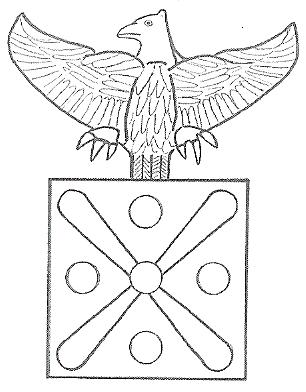
a "national" flag or standard. But we could imagine this symbol *possibly* used as a standard along the dynastic symbol, and other Nishans
Again, the political & contemporary use of the symbol shouldn't affect its historical importance. It should Not be mocked or dismissed 🙏

Again, the political & contemporary use of the symbol shouldn't affect its historical importance. It should Not be mocked or dismissed 🙏
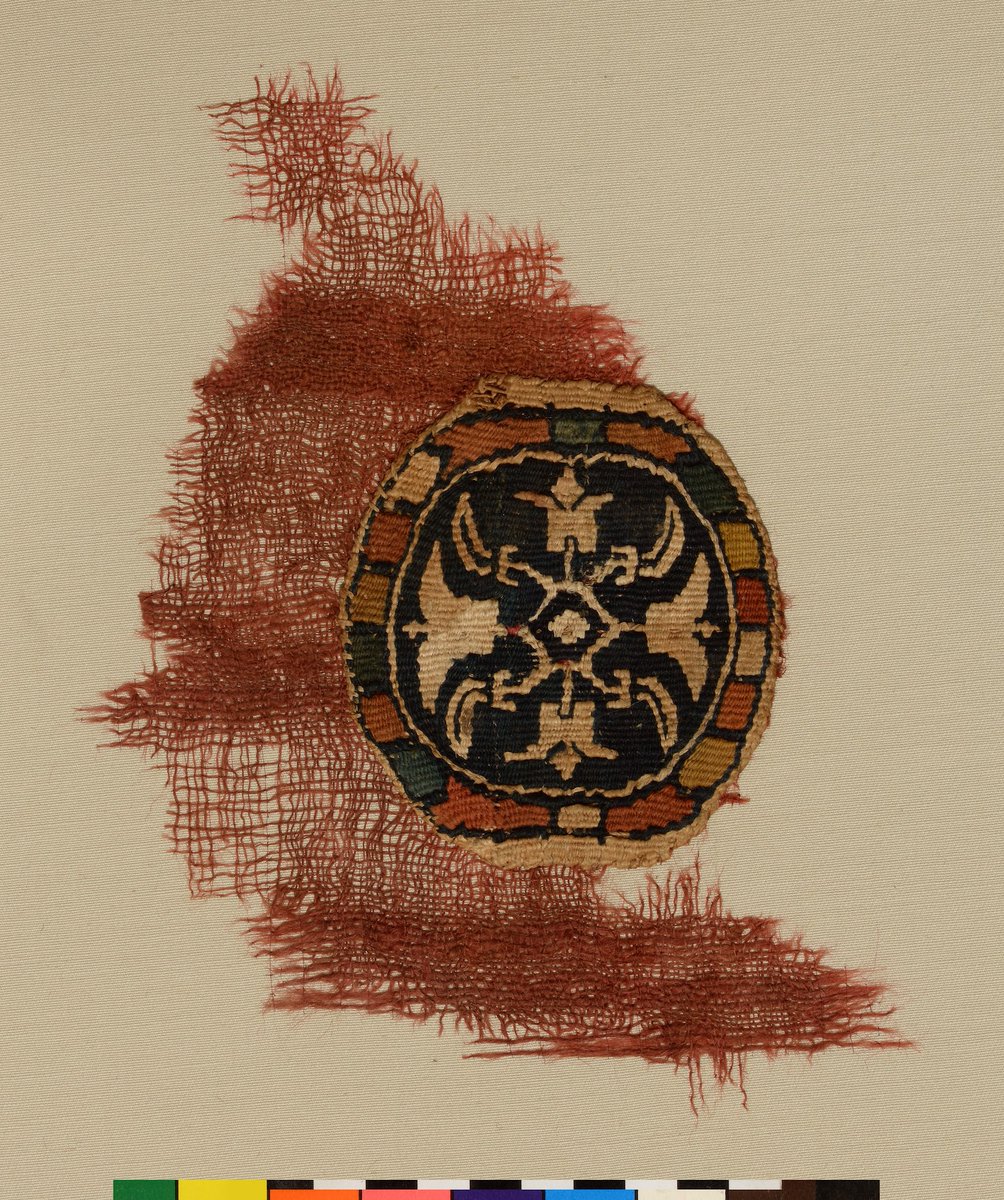
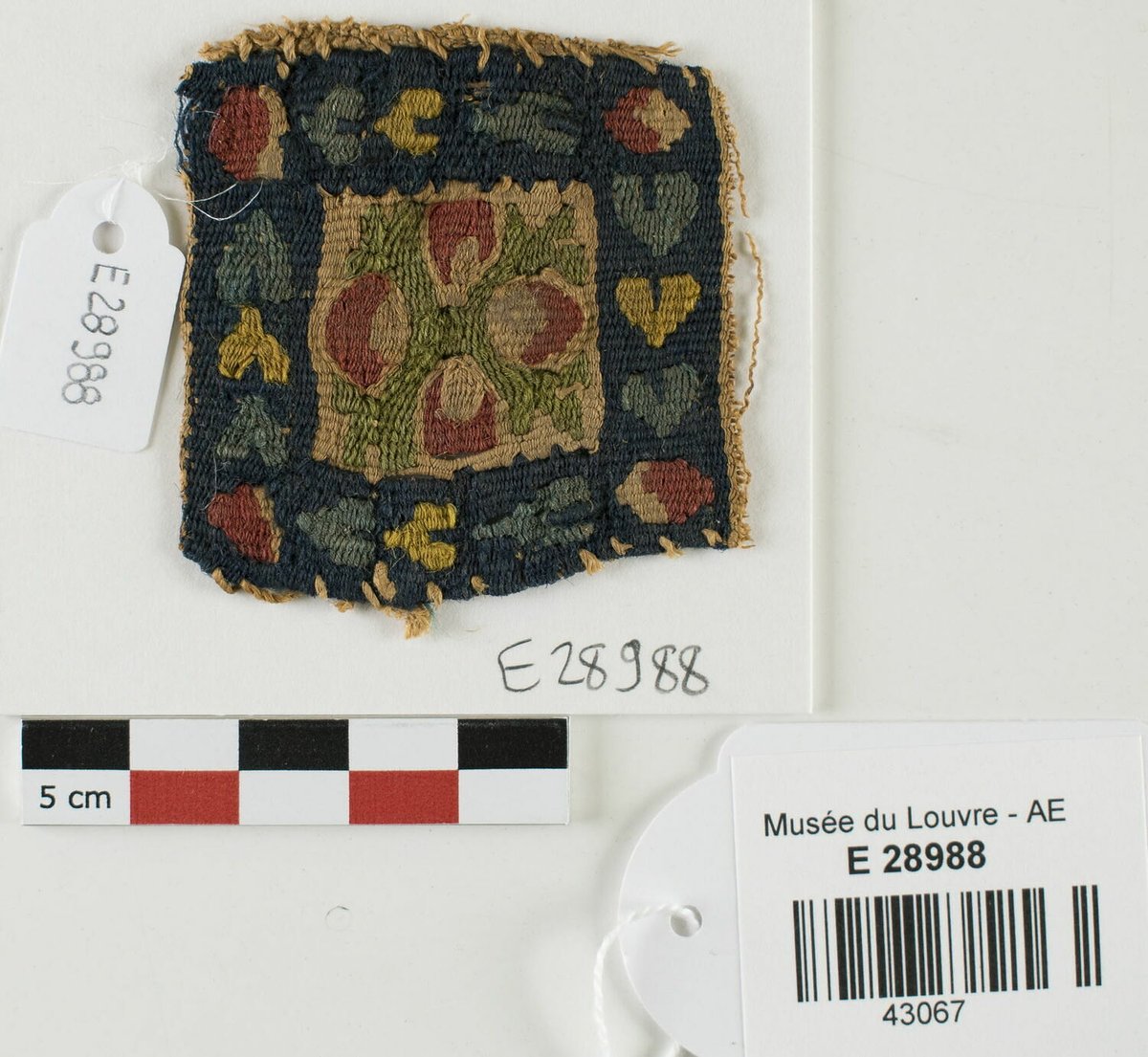
A few more Achaemenid examples of motif
1: Lydian treasure
2: Unprovenanced button, Christie's
3-4: Achaemenid-era marble threshold from Sardis, likely under Assyrian influence. See: jstor.org/stable/48649655
Also see coins of Achaemenid-era Miletus



1: Lydian treasure
2: Unprovenanced button, Christie's
3-4: Achaemenid-era marble threshold from Sardis, likely under Assyrian influence. See: jstor.org/stable/48649655
Also see coins of Achaemenid-era Miletus
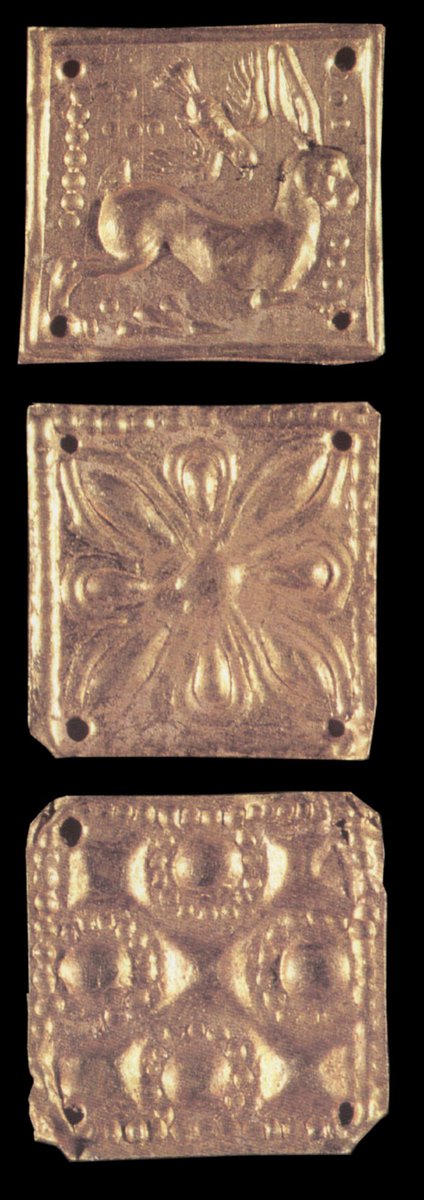

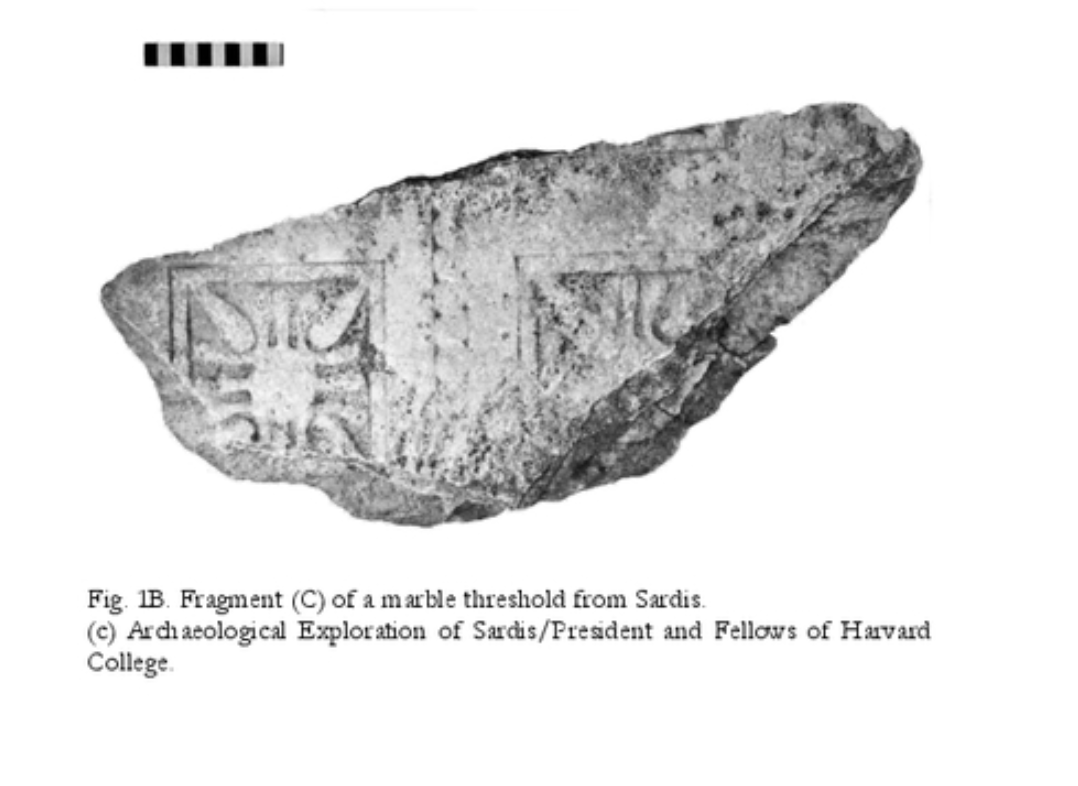
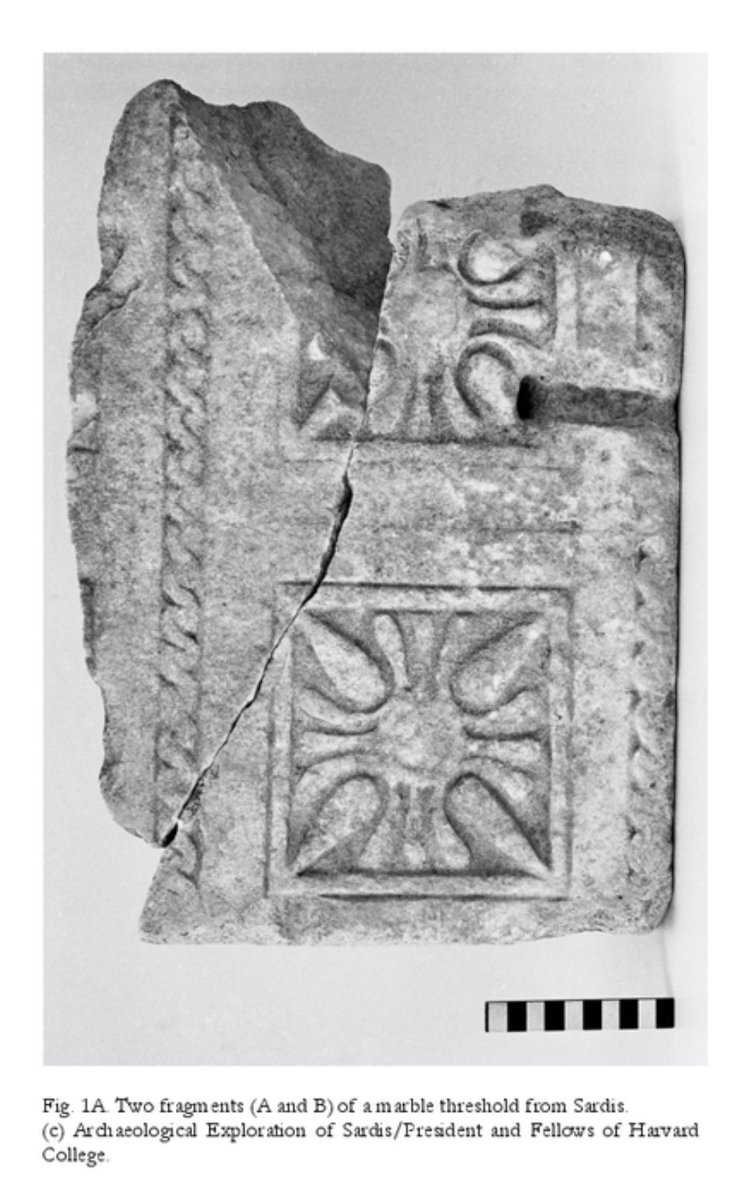
• • •
Missing some Tweet in this thread? You can try to
force a refresh










































